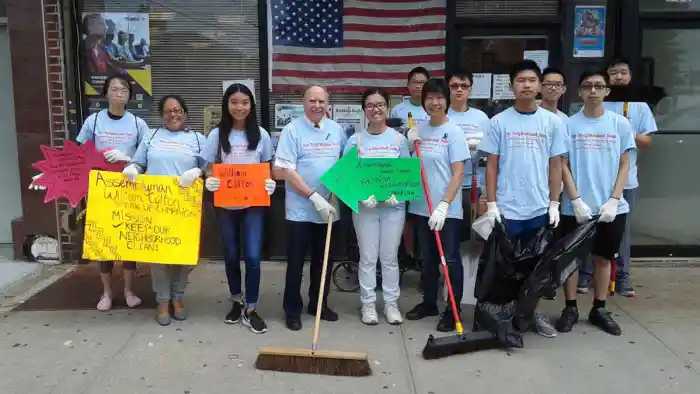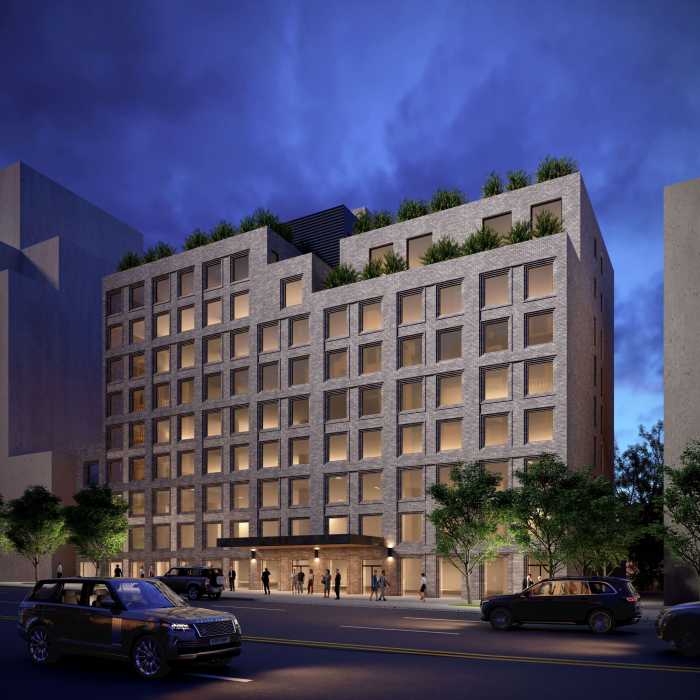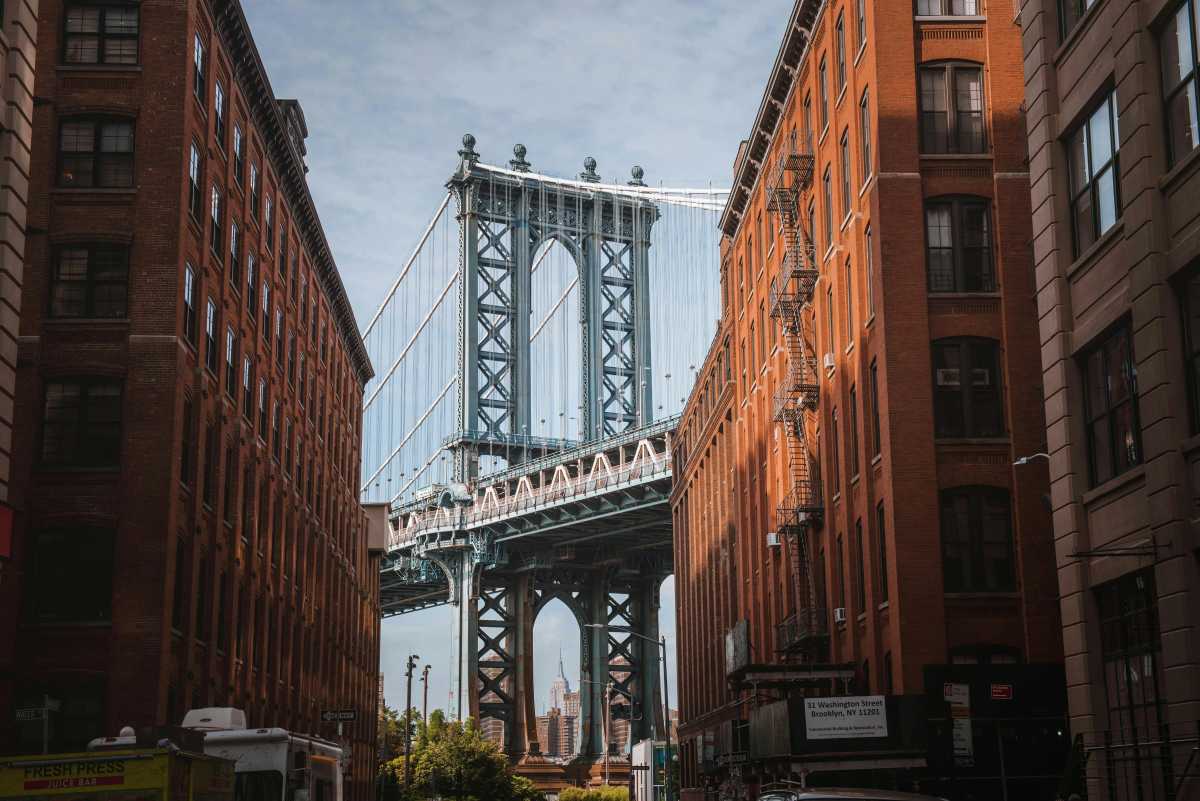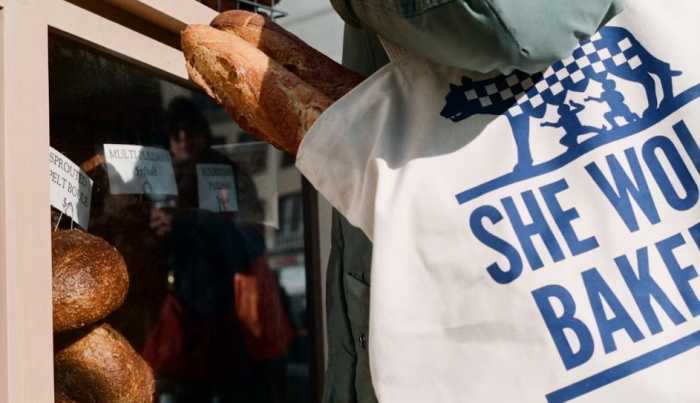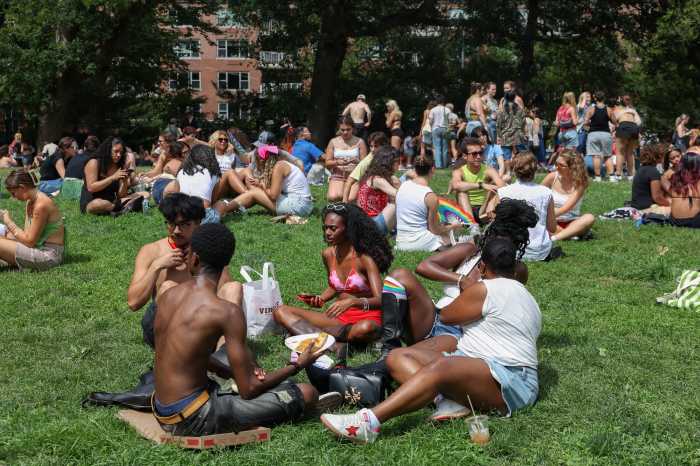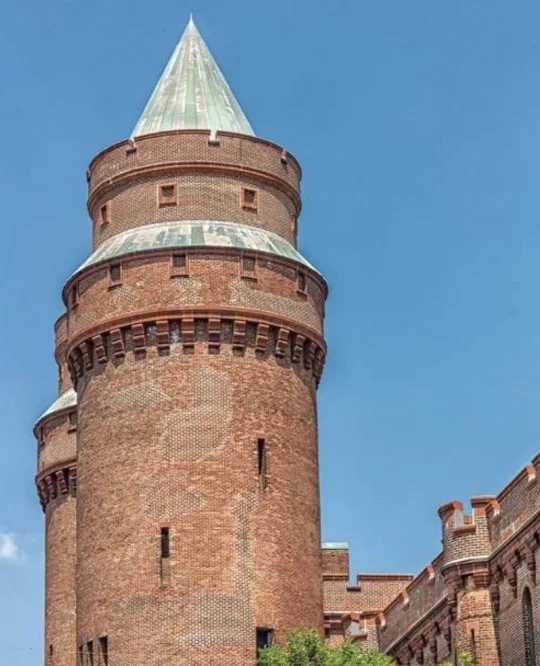The developer planning to transform the long-shuttered Domino Sugar refinery into a vibrant residential community will face increased costs now that the City Council has landmarked three historic buildings on the site — but the company couldn’t be happier.
After all, Community Preservation Corporation, supported the landmark designation — despite the costs it would add to its $1.5-billion project to transform the shuttered sugar plant into a modern, Rafael Vinoly-designed project featuring 2,200 units of housing in several skyscrapers centered around a historic core.
“The adaptively reused refinery will be at the center of our development,” CPC Vice President Susan Pollock told the City Council on Monday, a day before the legislature officially landmarked three historic buildings on the 19th-century waterfront site just north of the Williamsburg Bridge.
“We recognize the significance of the refinery as a link to an important part of Williamsburg’s past,” added Pollock. “Reuse of the buildings requires a delicate and costly dismantling of the interiors and rebuilding a new structure within the preserved walls [but] we are delighted” to preserve the “central structure.”
The Council vote secured landmark status to three circa-1884 buildings on the 11-acre development site — relics of Williamsburg’s boom sugar industry.
Diane Jackier of the Landmarks Preservation Commission called the buildings “the largest and most significant” of the waterfront sugar refineries to survive.
Though it supported the landmarking of the refinery’s Filter, Pan and Finishing houses, CPC opposed landmarking the entire refinery, which would have included the iconic “Domino Sugar” sign and other buildings.
Michael Lappin, CPC’s president and CEO, said that the company wants to incorporate the sign — a beacon to Brooklyn-bound travelers for decades — into the project, but hasn’t figured out how to do it yet.


